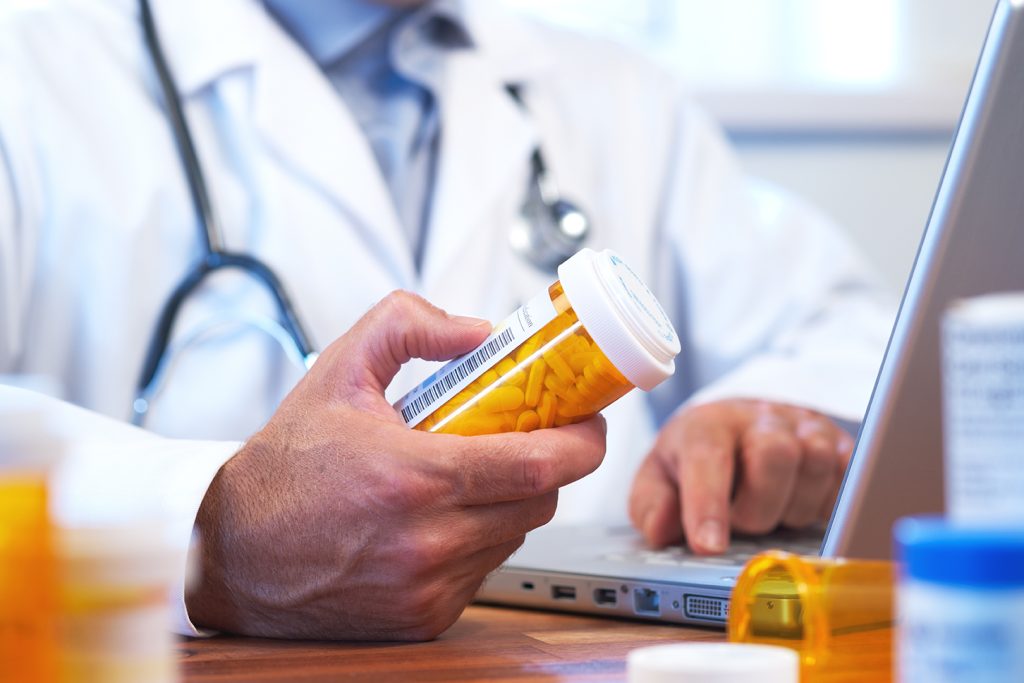India should deliver Doctor, Medicine instead of Petrol and Diesel at home
India should deliver Doctor, Medicine instead of Petrol and Diesel at home

NEW DELHI (INDIA):Petrol and diesel may soon be home delivered as the India’s oil ministry mulls options of door-to- door delivery on pre-booking to cut long queues at petrol pumps.nnAnnually, Rs 2,500 crore of fuel is bought at petrol pumps and now a part of it being talked of being home delivered.nn”Options being explored where petro products may be door delivered to consumers on pre-booking,” the ministry said in a series of tweets.nnHome delivery of fuel is being mulled as the world’s third biggest oil consumer experiments with daily price revision of petrol and diesel at select towns beginning May 1.nnIn another tweet, the ministry said home delivery of fuel “would help consumers avoid spending excessive time and long queues at fuel stations.”nn”About 3.5 cr people come to fuel stations every day; Rs 2500 cr worth of transactions every year,” it said in another tweet.nnIndia consumed 23.8 million tons of petrol and 76 million tons of diesel in 2016-17 fiscal. This was higher than 21.8 million tons of petrol and 74.6 million tons of diesel consumed in the previous 2015-16 financial year.nnThe ministry also stated that a parliamentary consultative committee met in Srinagar today to discuss ‘digital modes of payment’ at fuel outlets.nnState-owned oil marketing companies IOC, BPCL and HPCL give “0.75 per cent discount on fuel purchase via cashless mode,” it said. “About 40,000 ROs are with POS (machine), more than 86 per cent of ROs with digital infrastructure today.”nnROs are retail outlet or petrol pumps.nn”Daily cashless transactions increased from Rs 150 crore per day to Rs 400 crore per day,” the ministry added.nnBut I Sanjeeb Kumar Sahoo believe that BJP-led Narendra Modi government should provide doctor and medicine to every Indian house instead of Petrol and Diesel.nnThus, millions of Indians cannot access country?s overburdened hospitals and inadequate medical facilities, a crisis illustrated by the fact that India is short of nearly 500,000 doctors, based on the World Health Organization (WHO) norm of 1:1,000 population, according to an IndiaSpend analysis of government data.nnWith more than 740,000 active doctors at the end of 2014 — a claimed doctor-patient population ratio of 1:1,674, worse than Vietnam, Algeria and Pakistan — the shortage of doctors was one of the health-management failures cited by this report of a parliamentary committee on health and family welfare, which presented its findings to both houses of Parliament on March 8, 2016.nnThe shortage of doctors, the report said, is despite the increase in medical colleges, from 23 in 1947 to 398 at the end of 2014. India, the report noted, has more medical colleges than any country, and 49,930 admissions were available in 2014.nnIndia?s poorer states have health indicators that are worse than many nations poorer than them, and India?s healthcare spending is the lowest among BRICS (Brazil, Russia, India, China, South Africa) nations, as are its health indicators.nnEvery year, 55,000 doctors complete their MBBS and 25,000 post graduation nationwide, said another unnamed expert. At this rate of growth, he told the committee, India should have a doctor (allopathic) for every 1250 people for a population of 1.3 billion by 2020, and one for every 1075 by 2022 (population: 1.36 billion).nnAs many as 3.5 crore people currently visit 59,595 petrol pumps in the country for buying auto fuel. Often, long queues are witnessed at petrol pumps during peak hours, leading to congestion on roads.nn?Some 700 million Indians in the villages and non-urban areas don?t have access to healthcare facilities because around 80 per cent of the specialists and medical facilities are located in urban areas. Around 350 million Indians live Below the Poverty Line (BPL) and survive on less than Rs.100/- per day, putting nearly all medicines out of their reach. Even when the medicines are available free, the poor lack the meagre resources to travel to the nearest government-supported Primary Health Centre (PHC) located kilometers away from their village. Finally, these PHCs are often under-equipped and under-staffed,? said the white paper, mainly prepared on ‘health insurance,” according to study.nnWith input of PTI




